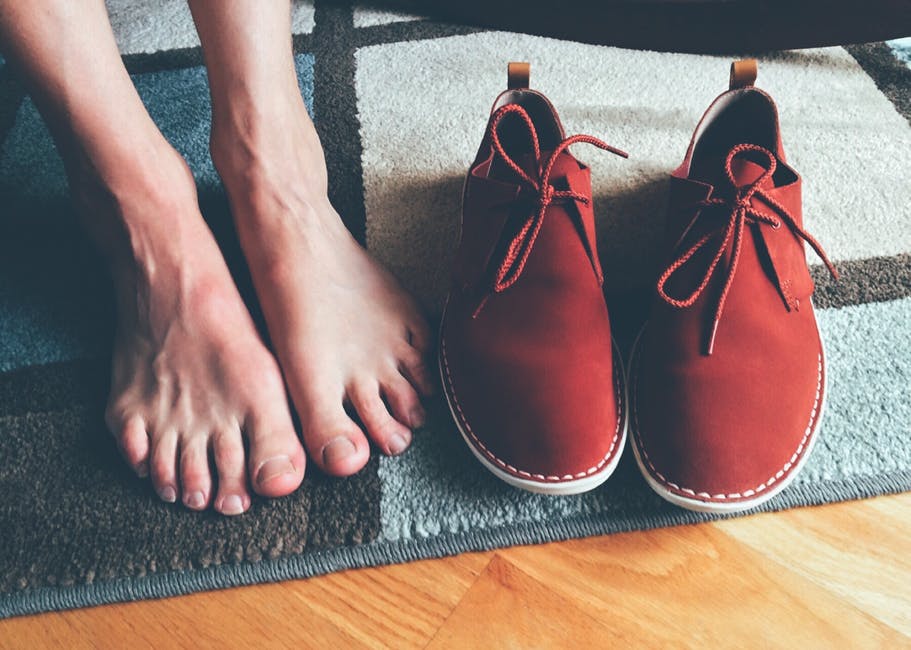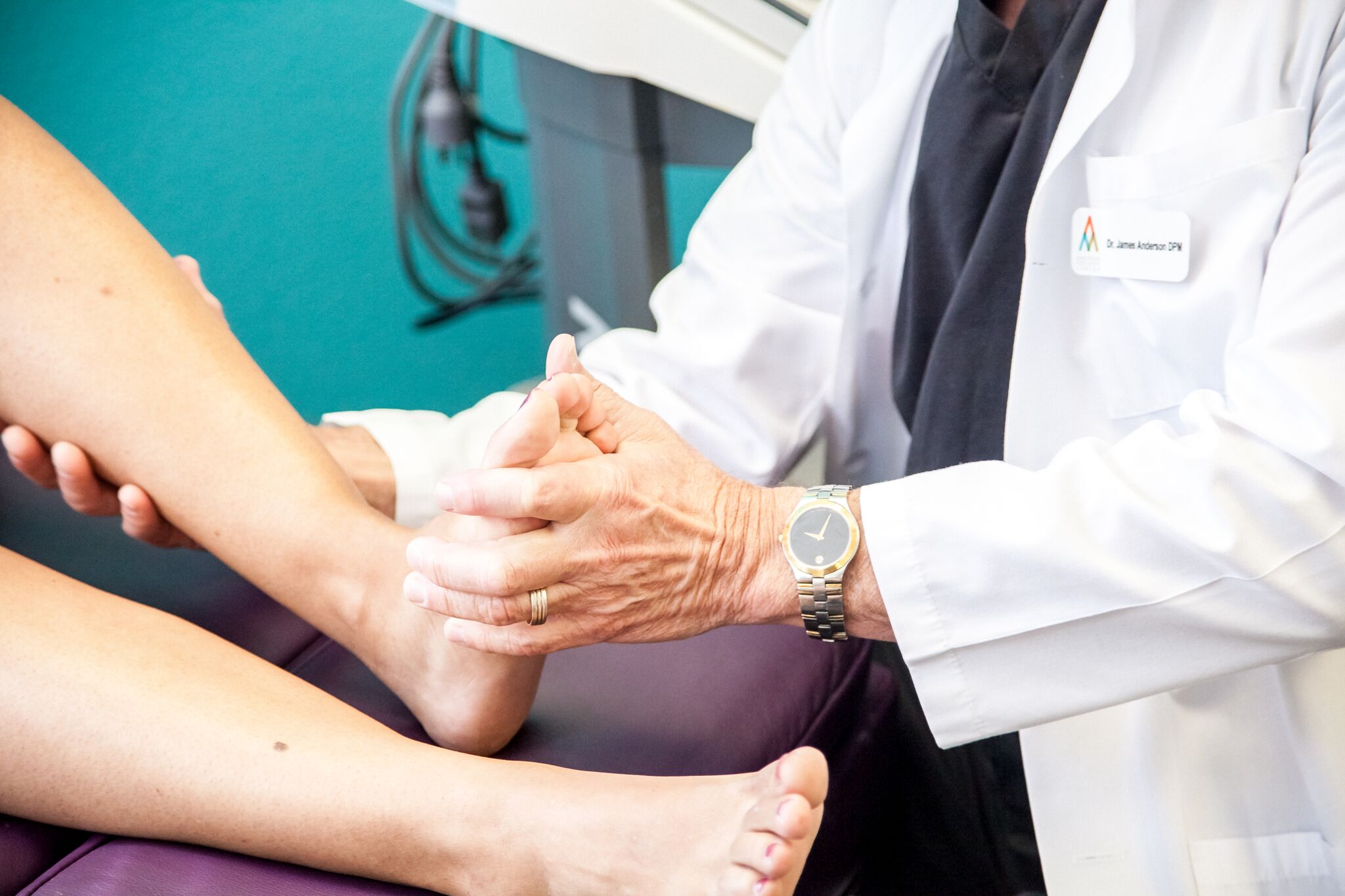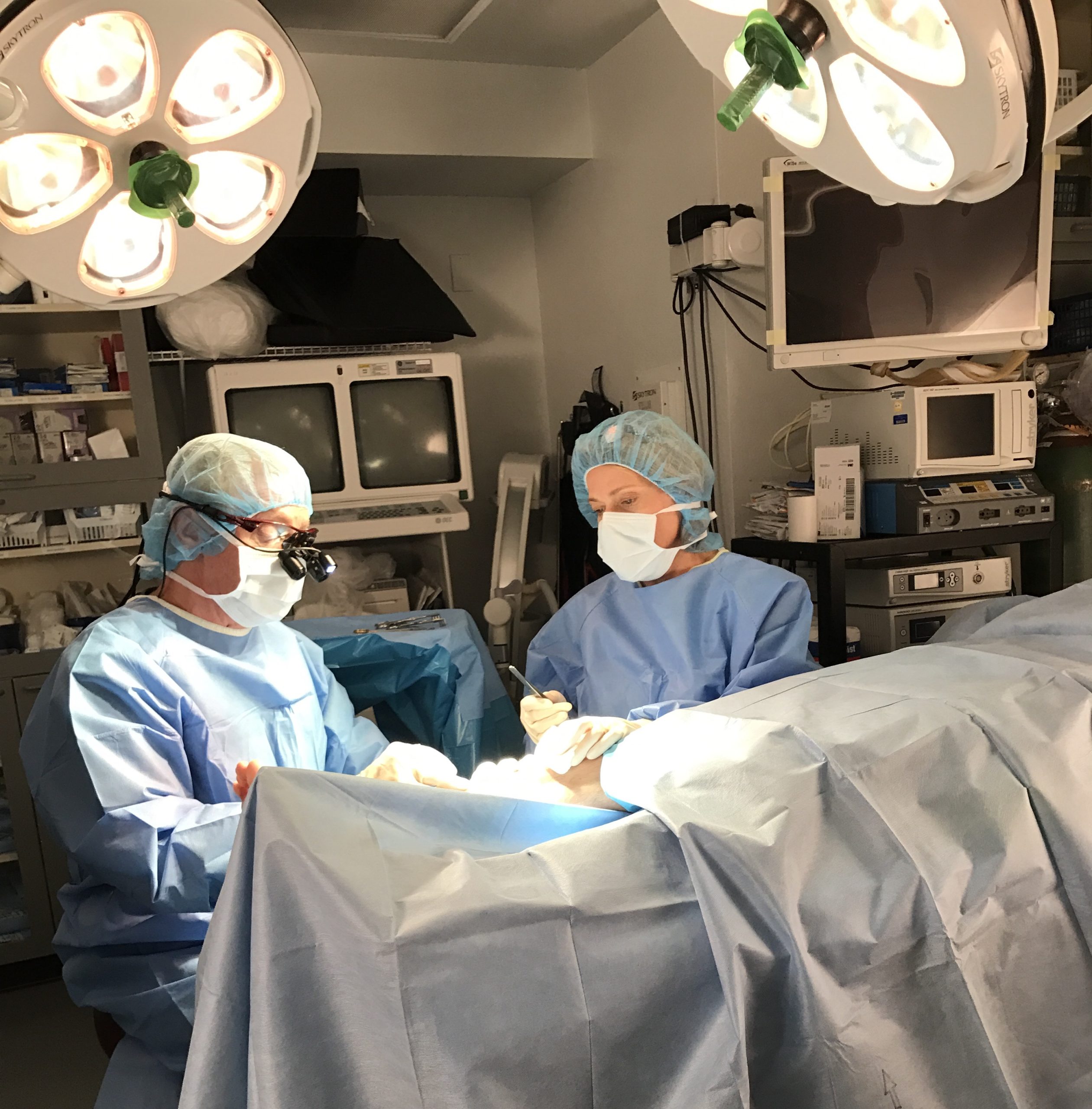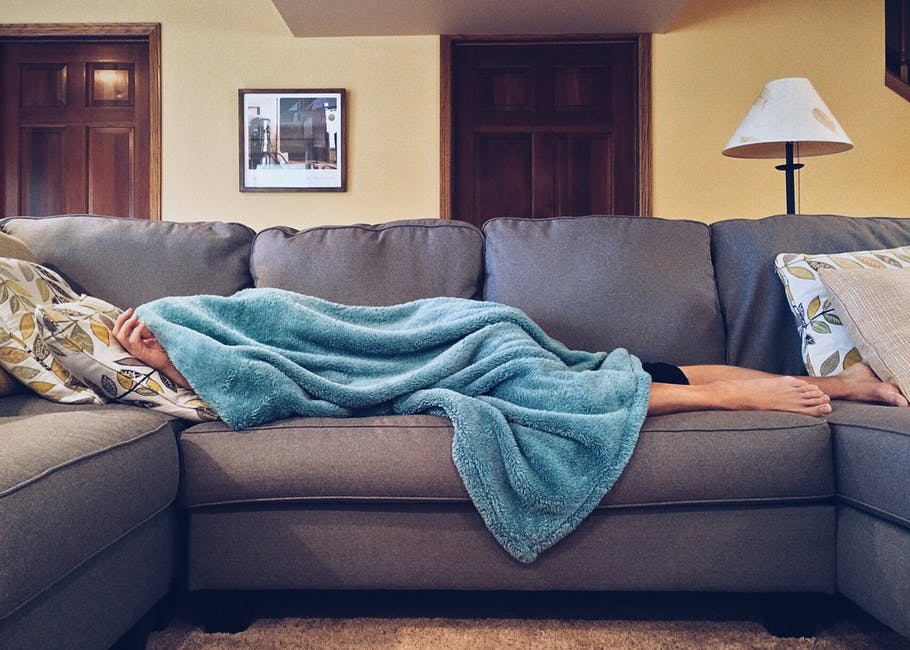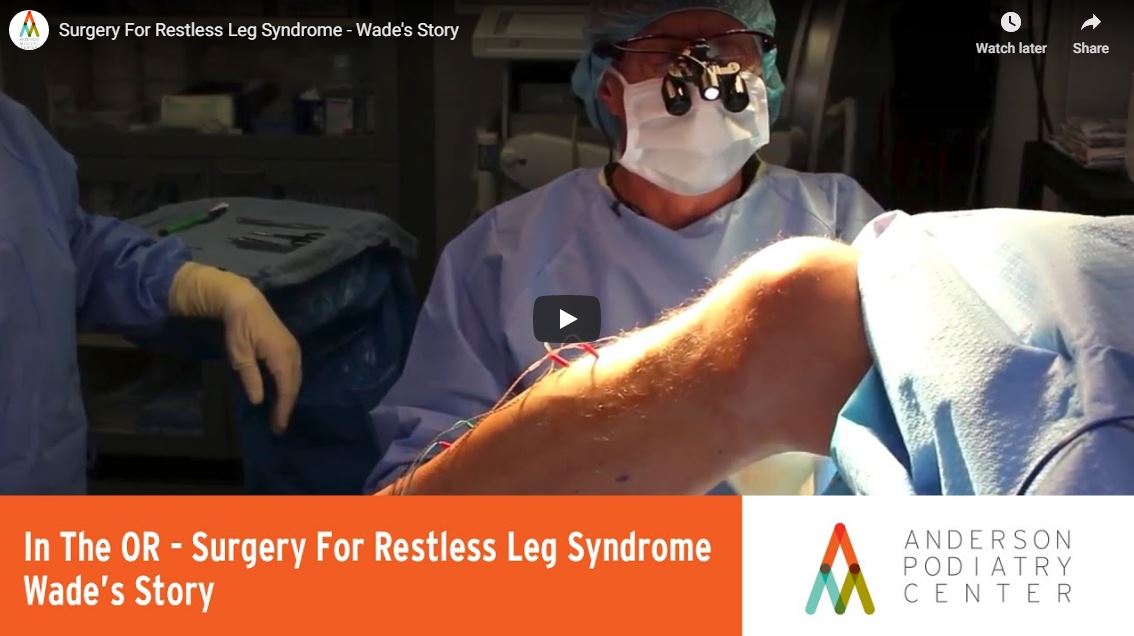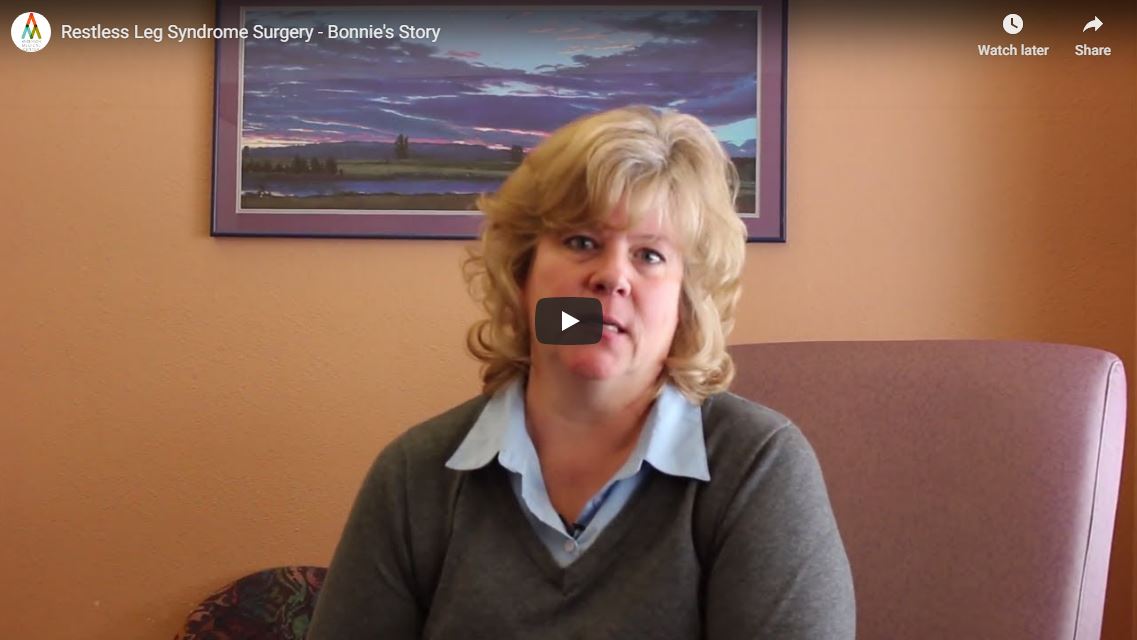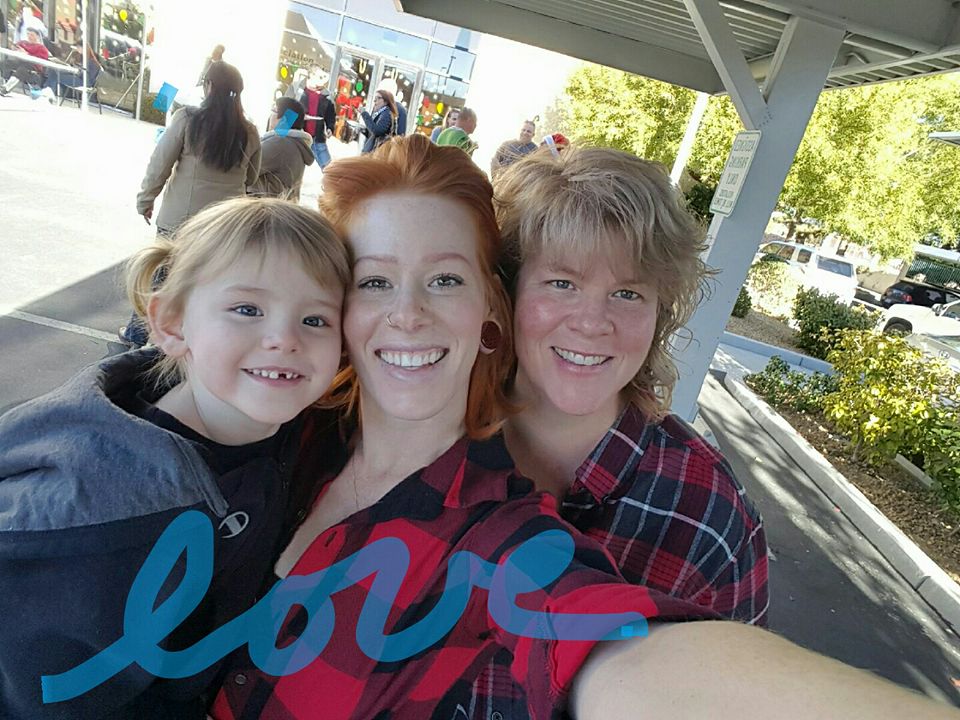
Shelly was no stranger to 2:30am. Like many people who struggle with Restless Leg Syndrome (RLS), she was used to being awake while the rest of the world was asleep. Finally one night, she had enough. She went online, typed in “RLS cure” and began searching for a solution. What she found would change her life.
When You Just Have to Move
Shelly had been suffering from RLS for years. As a teacher, she was struggling with being exhausted all the time. “It seemed like I never got a full night of sleep, or settled into that deep “REM” sleep. I was continuously being interrupted by my legs tingling, twitching, and jerking. It felt like I just had to get up and move around no matter what I tried,” Shelly says.
When Medication Isn’t Enough
“The symptoms would start around 7:00pm every night. And it just got worse from there. Eventually, I started experiencing the symptoms earlier and earlier in the day. I just couldn’t figure it out,” Shelly says. “If I walked too much, if I didn’t walk enough…I just couldn’t ever find a pattern of movement that would give me relief.”
Shelly went to her PCP, and began trying medication after medication. “Over the counter meds didn’t even touch it. One medication kept me up all night, another one totally changed my personality. I was just out of it all the time,” Shelly remembers. “I really, really wanted to get off the medication and was hoping to find a doctor that would support that.”
The Breaking Point
For most people, there comes a point when you realize just how bad it is. For Shelly, that came on a car ride.
“My son was playing football, and we had to travel about two hours away from home to watch his games,” Shelly remembers. “I could barely make it down there. We constantly had to stop the car so I could get out and move. And it just hit me. I couldn’t go to the movies. I couldn’t sit in the car. As soon as I sat down, I had to get up and move. I was constantly frustrated, and I just wasn’t enjoying the little things in life anymore.”
Searching for an “RLS Cure” at 2:30am
Finally, one night Shelly began searching online and she found a story that got her attention. She read about a woman named Bonnie who had nerve decompression surgery and finally was able to sleep after 20+ years of suffering from RLS. Shelly remembers reading through to the end of her story and being in tears. “I thought, ok, this is it. This is what I’m doing,” she says.
From Michigan to Colorado
Shelly lives in Michigan and was ready to make the trip to Colorado for treatment. She called and spoke with Dr. James Anderson, DPM, over the phone and felt confident in her decision.
“He answered all my questions, and supported my desire to get off medication,” Shelly says. “That was a big deal to me.”
Shelly traveled to Fort Collins, CO, and had nerve decompression surgery on one leg first to make sure she would get the results she was hoping for. And she did.
Dr. Anderson says, “Because Shelly traveled for treatment and she had a great immediate result on the first leg, we felt confident that this was going to be the right approach for her. Ultimately, the goal is to resolve her RLS symptoms. The surgery takes about an hour, and we go in to open up nerve tunnels that have become compressed in the leg and cause these symptoms.”
Within days, Shelly had surgery on the second leg. “I felt a huge difference immediately,” she says.

Life Today
Shelly traveled back home to Michigan, and she slept all night long. “My husband said my legs were so still, he wanted to poke me to make sure I was still alive,” Shelly says, laughing.
“Within a week, I felt like I was back to being myself. I’m finally getting that deep sleep I need. My memory is better. I’m alert. I’m rested. My family just couldn’t believe how immediate the change was.”
“I’m happy to report that I can now go to my son’s football games and sit, and enjoy every minute of it.”
Shelly’s advice for others is this.”If you are struggling with RLS and it is affecting your quality of sleep and day-to-day activities, please consider giving Dr. Anderson and his staff a call. They will be very helpful in answering any questions that you might have. I am truly amazed by how this surgery has helped me. My symptoms are virtually gone. I wish I would have done this years ago!”
————————————————————————————————–
Summer Special!
Now offering a FREE new patient exam and consultation! Expires 6/30/18. *X-Rays, testing and treatment not included.
Call us today! Just mention this blog to receive the offer.
To watch Shelly share her story, click here.
